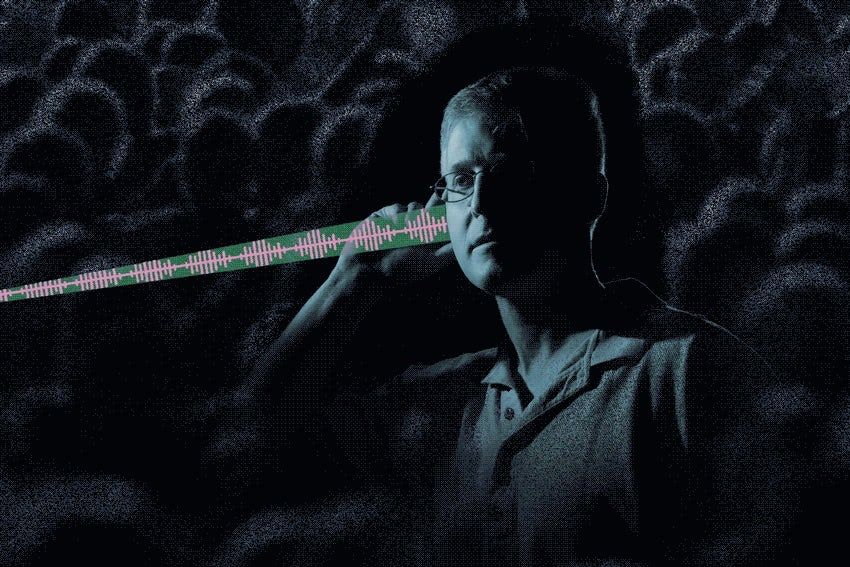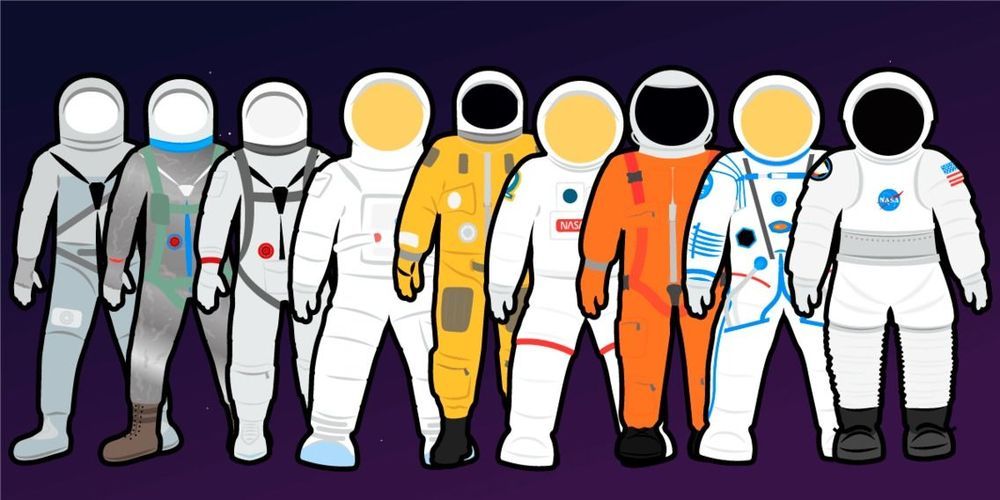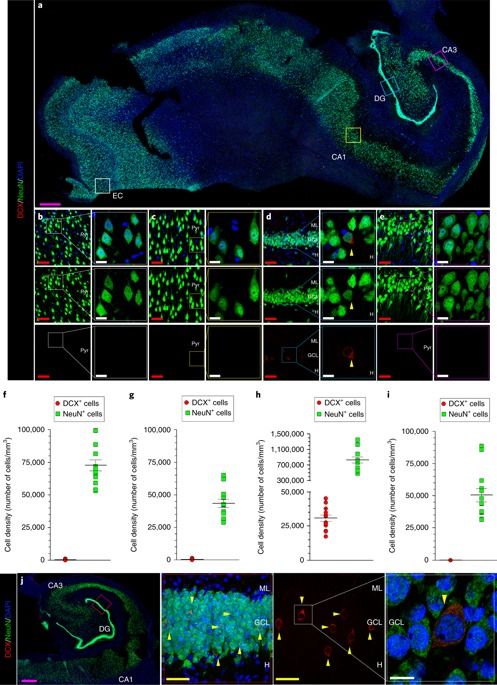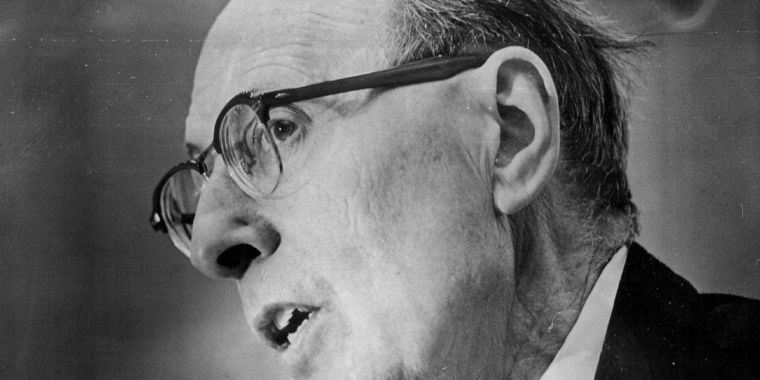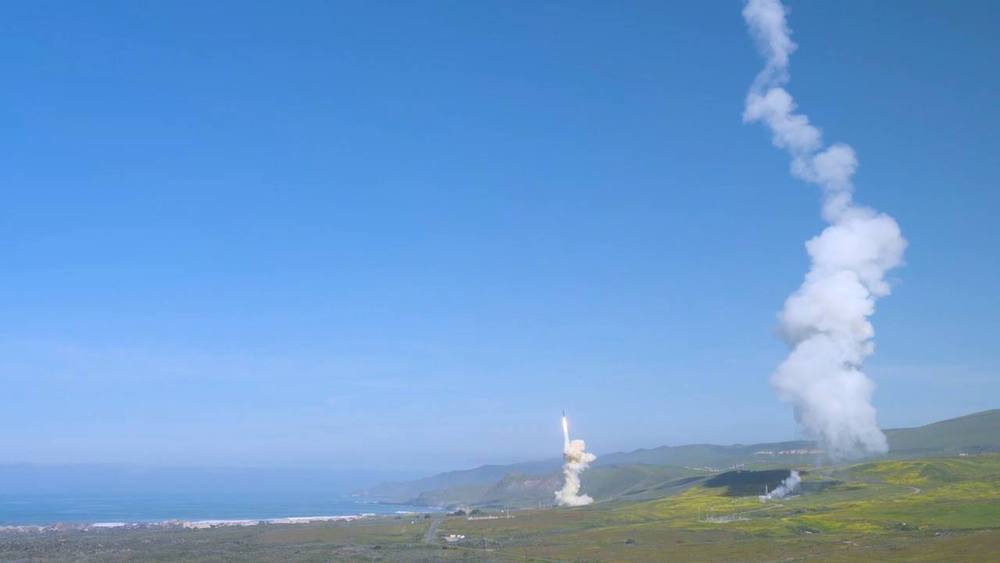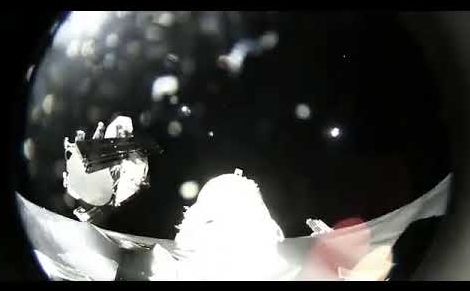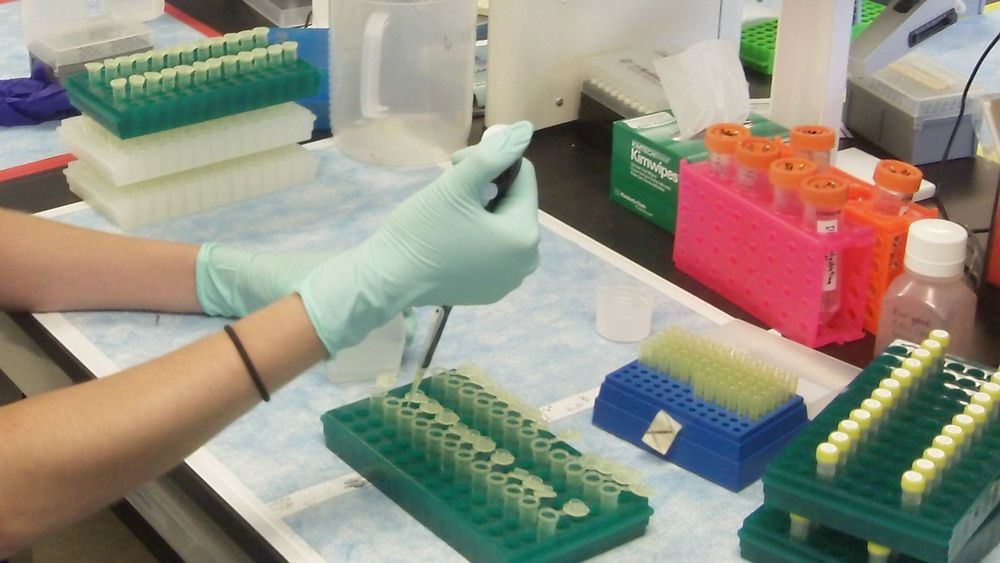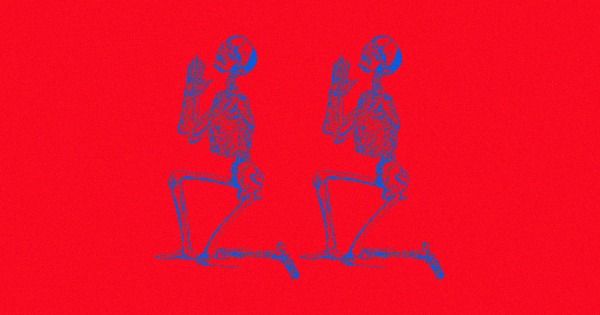Spiders, mushrooms and algae may help build the next Hilfiger, Levi and Chanel.
Organisms are the great designers of our planet, producing materials in distinct patterns to serve a specific function. Bees produce hexagonal honeycombs to store honey, spiders weave symmetrical webs to capture prey, and nautiluses form a logarithmic spiral shell to protect their insides. Synthetic biologists, ever inspired by nature, are leveraging these unique abilities, harnessing nature’s potential to revolutionize apparel by guiding structural assemblies at the molecular level.
Here are three examples of innovative companies — in Tokyo, New York, and Berkeley — that are letting nature show the way to better, more sustainable materials in a quest to alter the fashion and apparel industries forever.

